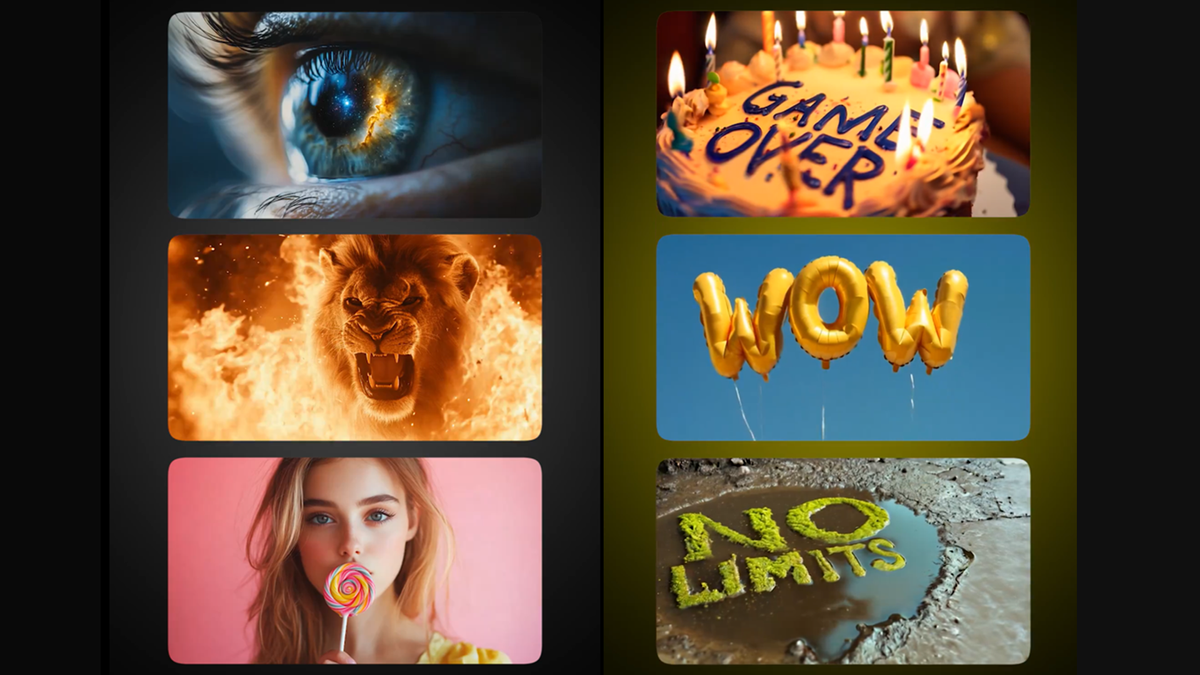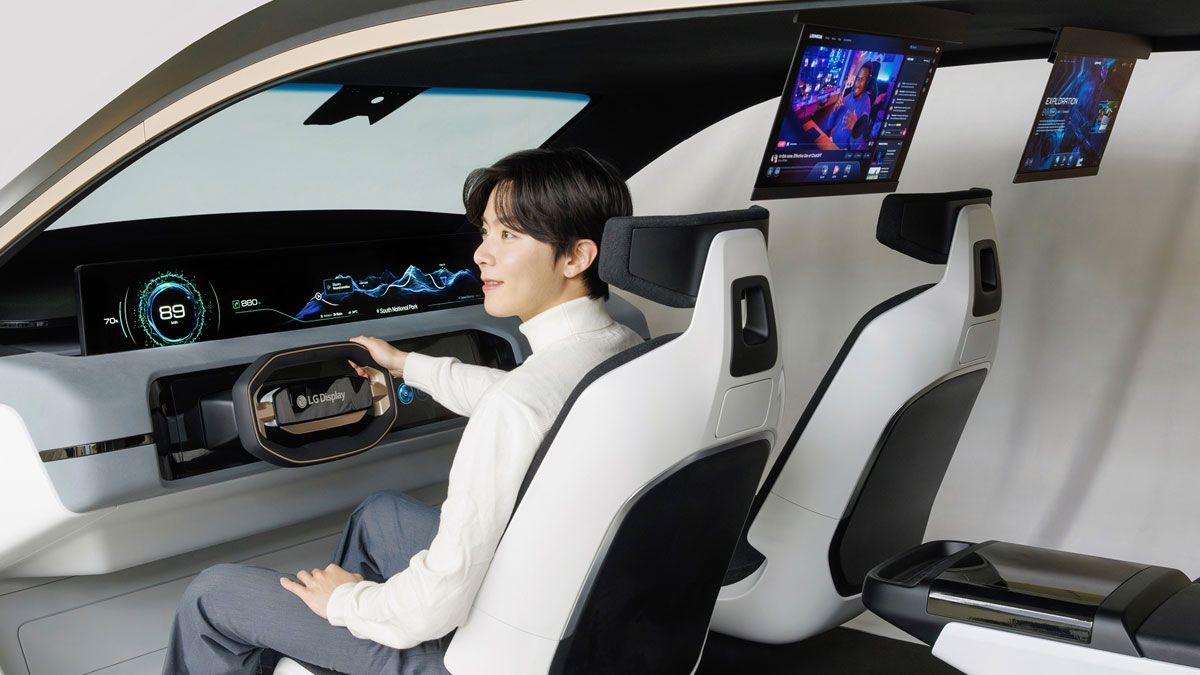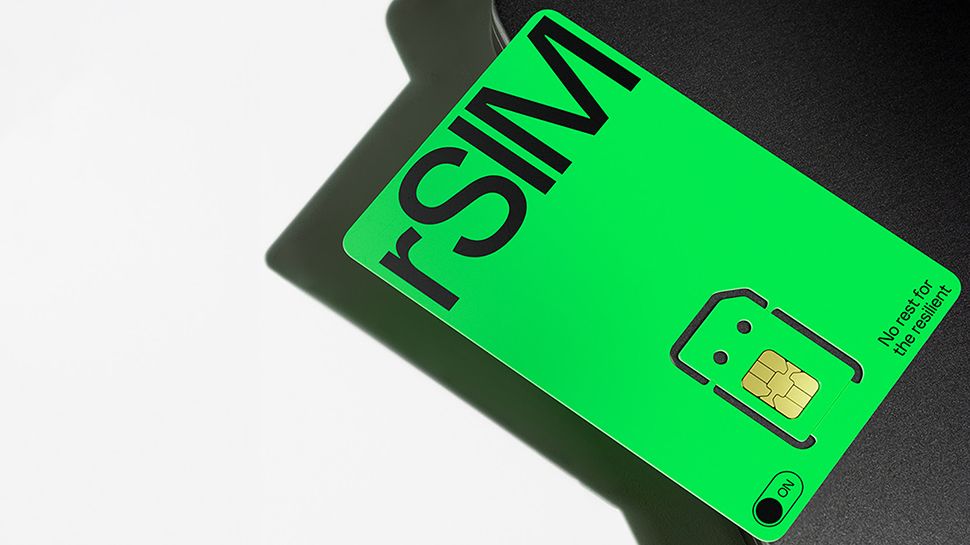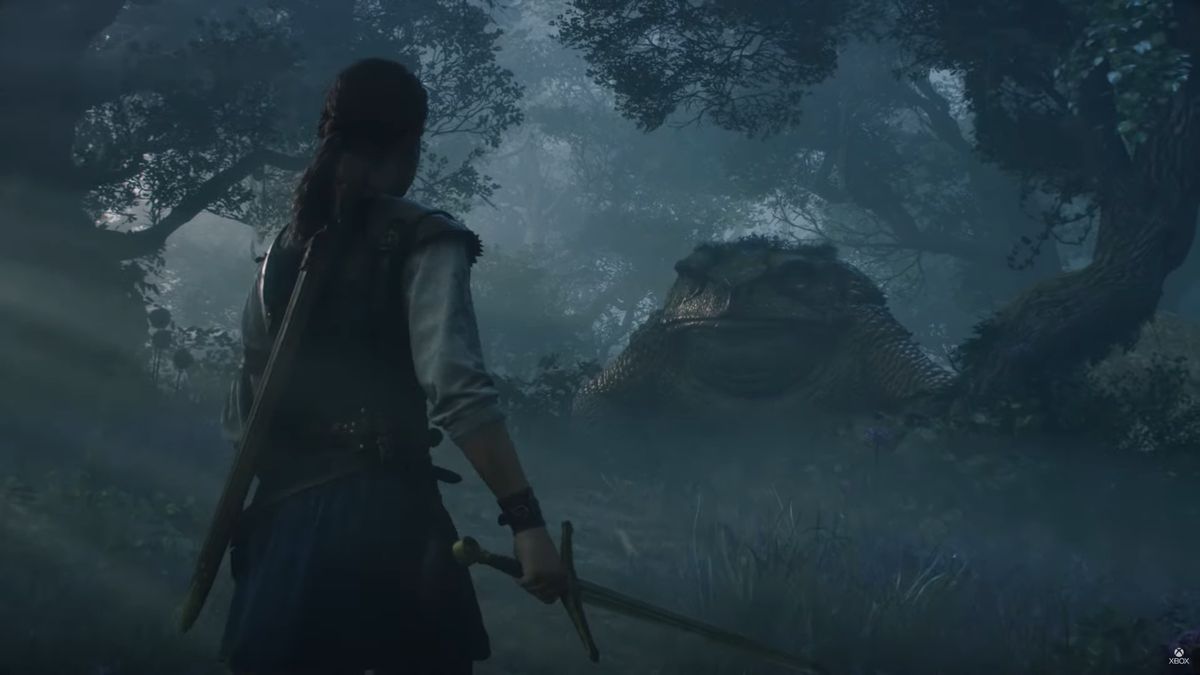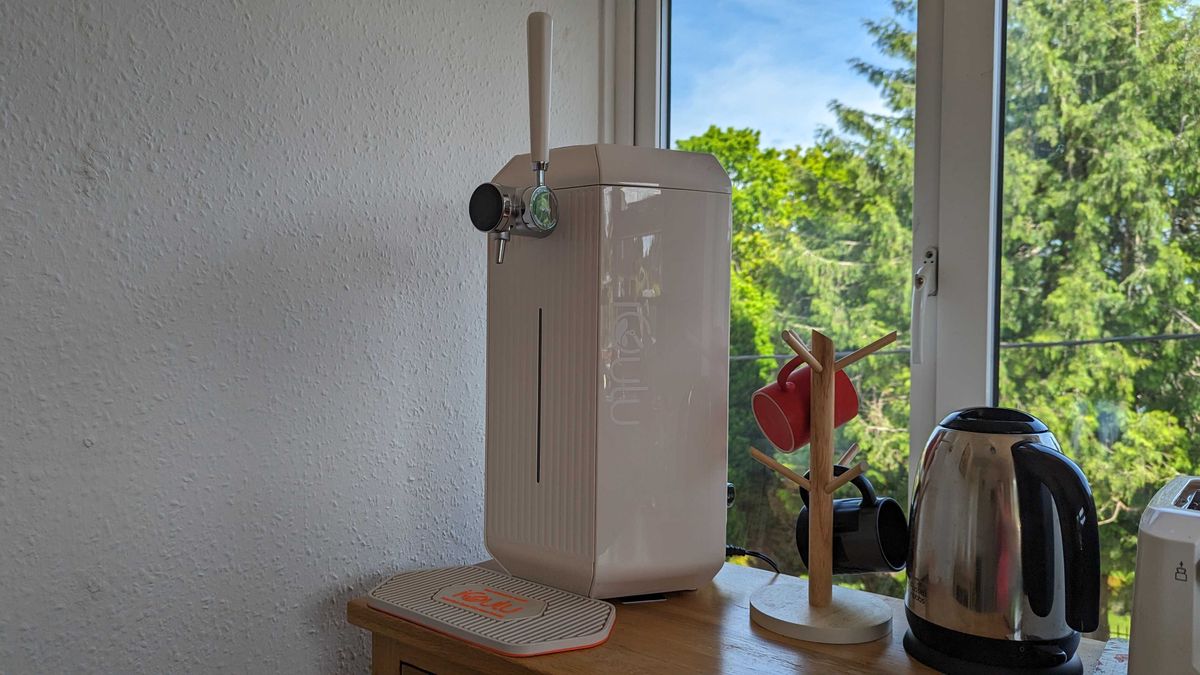Luma Labs has improved its Dream Machine AI video generator to a new level of realism and a greater ability to interpret your vision. Dream Machine 1.5 should act as a wake-up call for its rivals to step up their efforts. This is especially true for OpenAI, which seems to keep hitting the snooze button on releasing its Sora AI video model to the public.
Dream Machine has only been on the market for a couple of months, but Dream Machine 1.5 represents a huge leap forward in creating better videos from text and image cues. The most immediate improvement is speed. The new model can generate five seconds of high-quality video in about two minutes, which could be critical for content creators and marketers working under tight deadlines.
Despite the faster rendering speed, Dream Machine 1.5 videos are more realistic than its predecessor. This extends not only to the look of the video as a whole, but also to the movement on the screen. There are far fewer glitches as objects move through a virtual space. Part of this may be due to the consistency of characters, which has also been improved, even when repeating a message. Greater adherence to a model makes physical movement much more realistic. The last major improvement worth noting is that Dream Machine 1.5 is much better at accurately rendering text, a task that AI often struggles with.
Dream Machine 1.5 is here 🎉 Now with higher quality text-to-video, smarter understanding of your directions, custom text rendering, and improved image-to-video conversion! Level up. #LumaDreamMachine pic.twitter.com/VQvfSTK0AIAugust 19, 2024
AI Video Race
Luma certainly has plenty of competition from other AI video generators, despite its impressive update. The most notable is OpenAI and its Sora model, but being more widely available will help Luma in this case. OpenAI’s decision to limit Sora to certain partners means there are a lot of people interested in AI video who can’t use it. Dream Machine 1.5 is just sitting there waiting. Other developers who took the Sora route have since changed their tune, such as Kuaishou and its Kling AI video generator. That said, OpenAI is far from Luma’s only rival. Runway, Stability AI, Pika, Kling, and TikTok owner Bytedance’s Jimeng are just a few of the others vying to grab as much of the AI video market as possible.
Despite the hurdles, the launch of Dream Machine 1.5 is a major achievement in the world of AI-generated video. As AI video technology continues to improve, it is set to revolutionize industries such as entertainment, advertising, education, and journalism. The ability to create high-quality video content quickly and easily is opening up new creative opportunities and making visual communication more dynamic and engaging than ever before.
You may also like…

